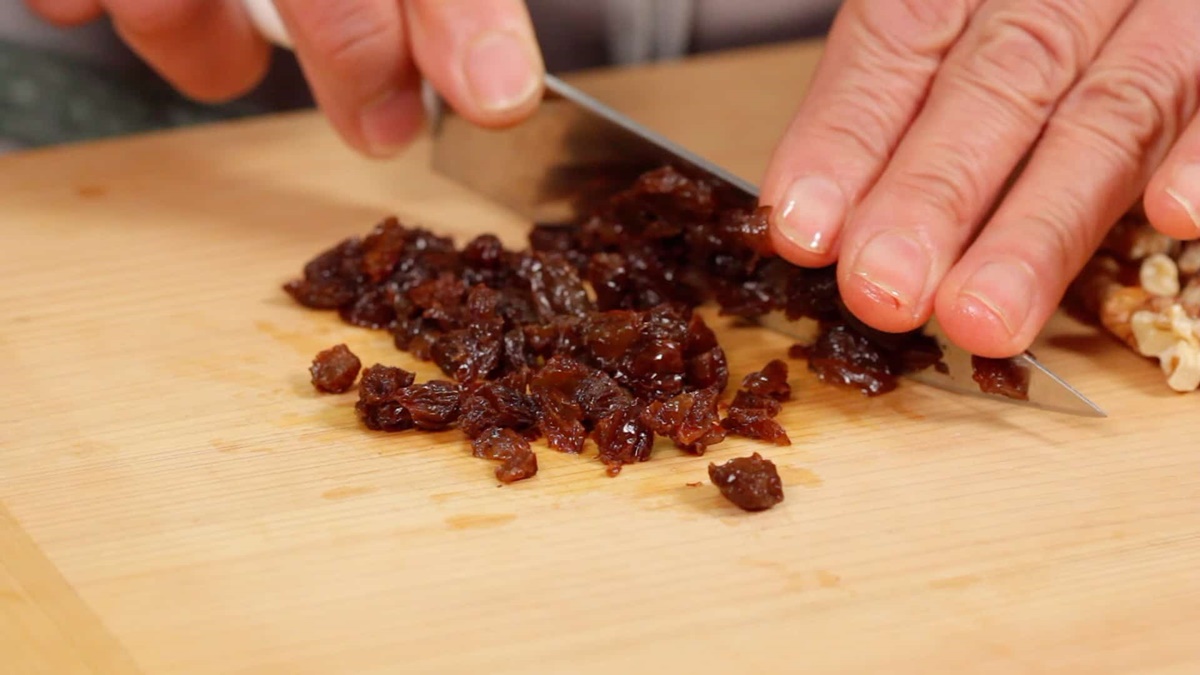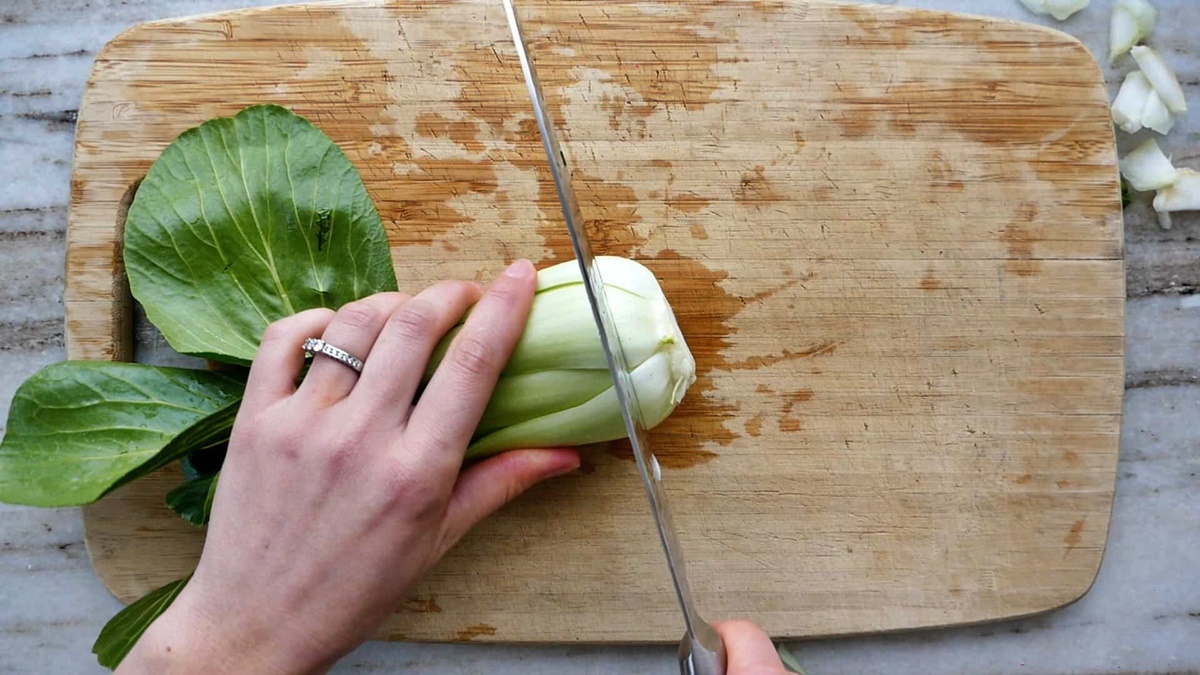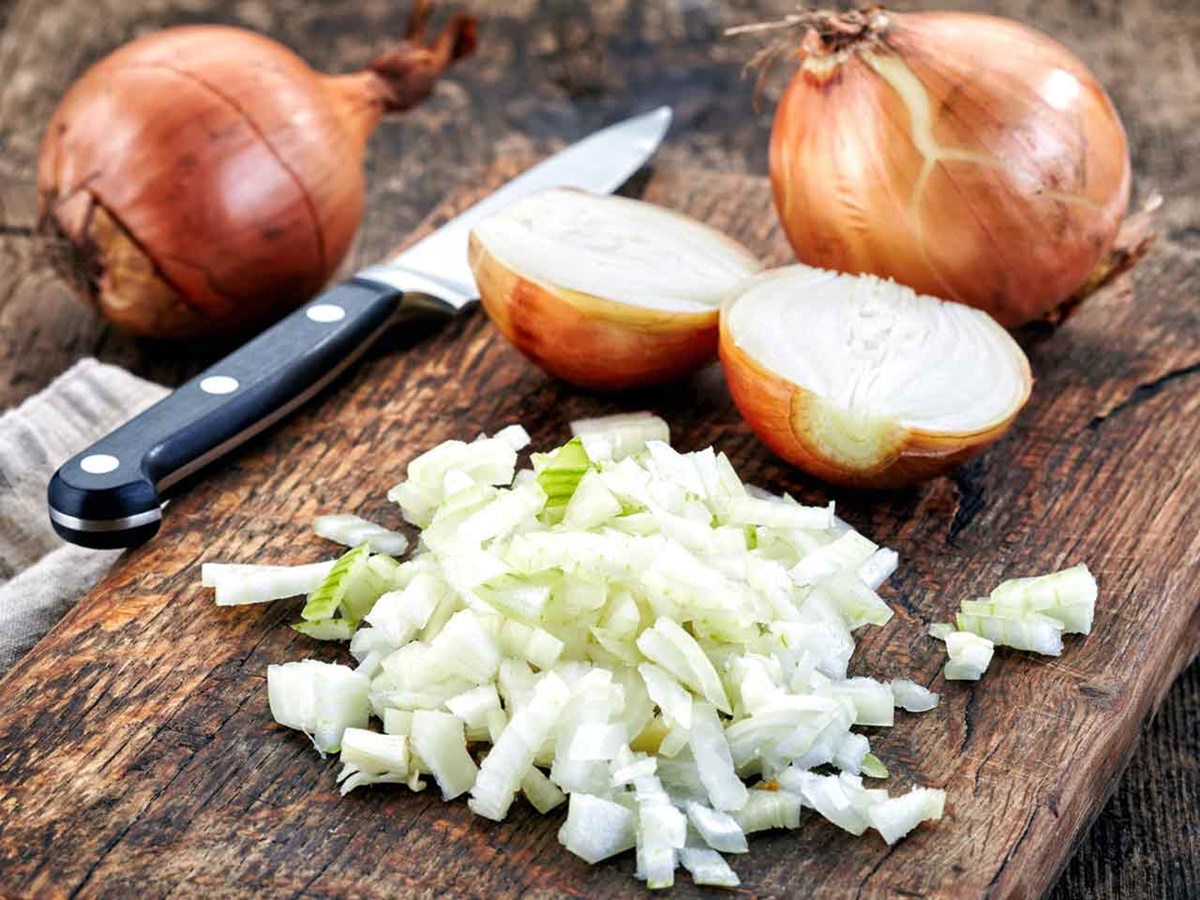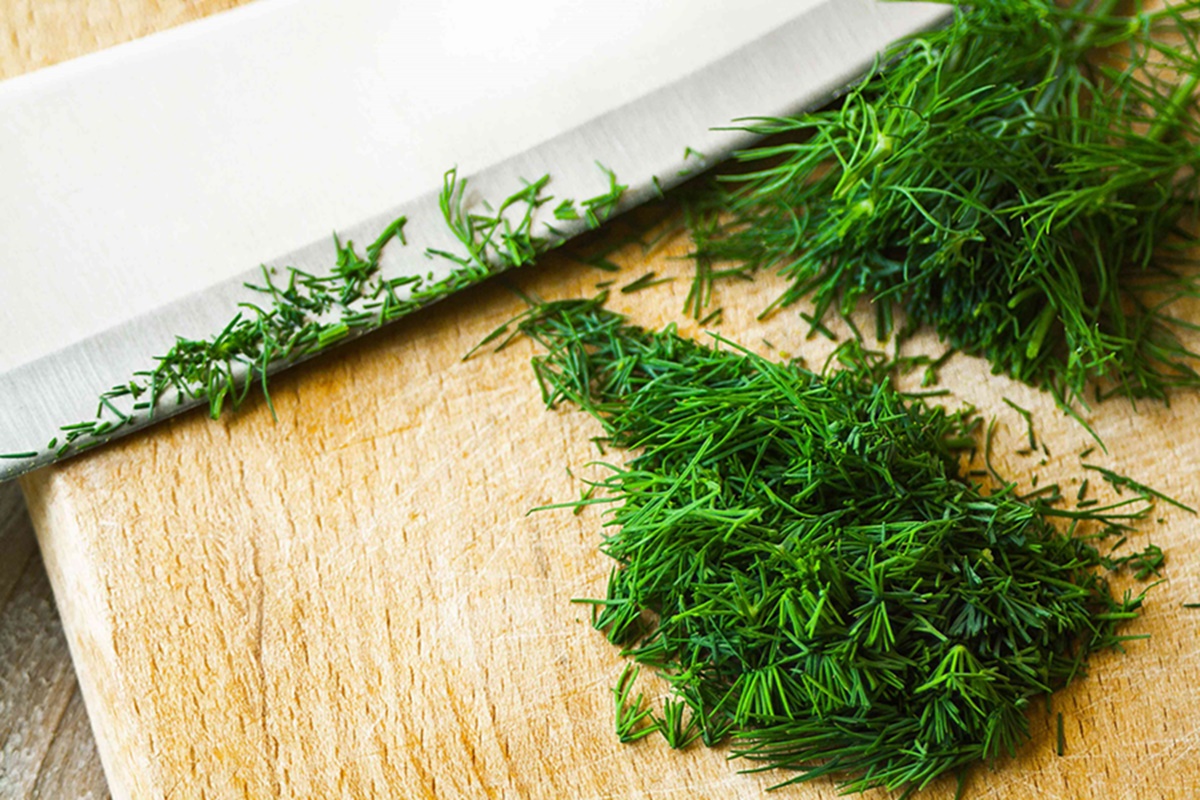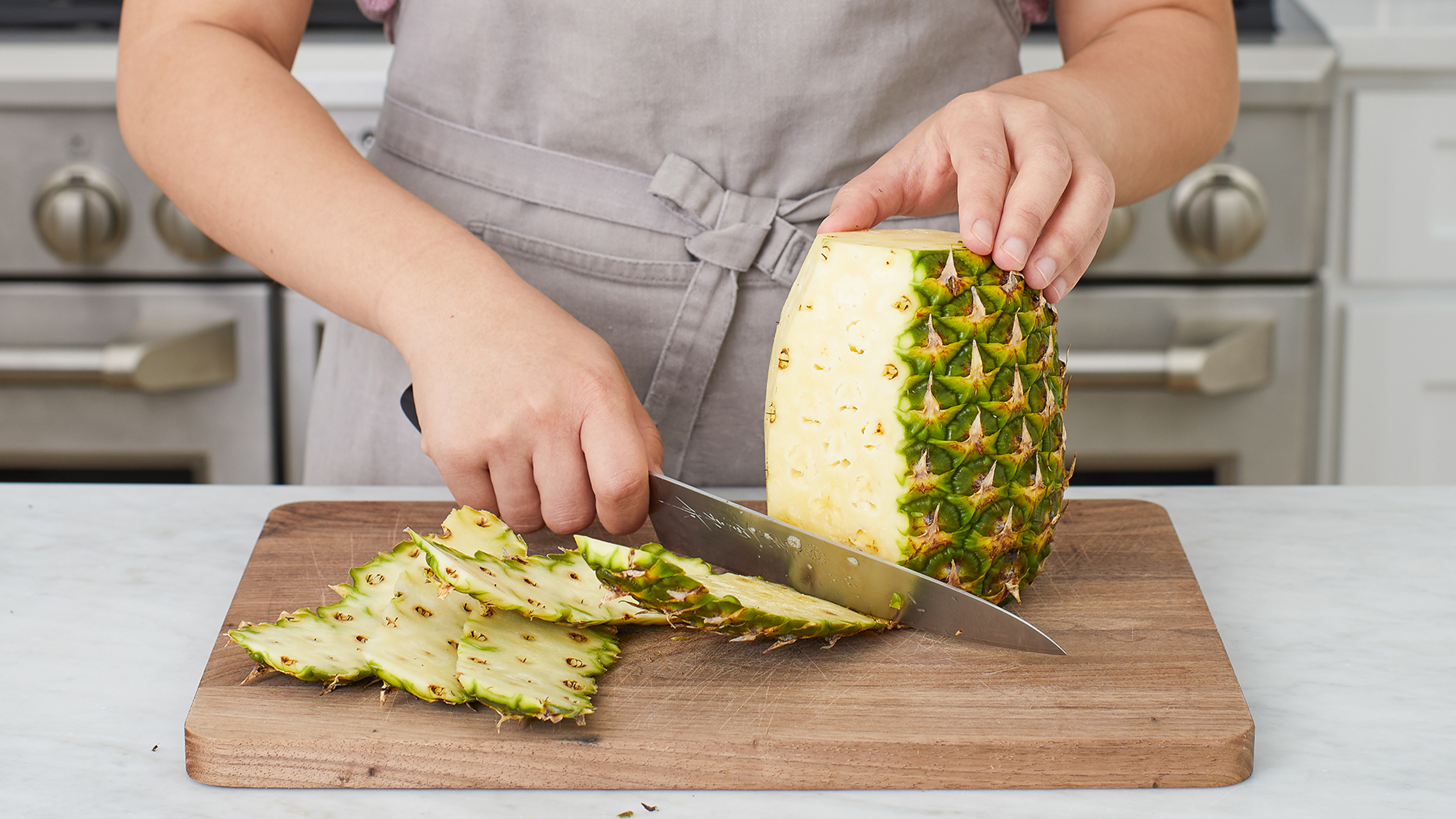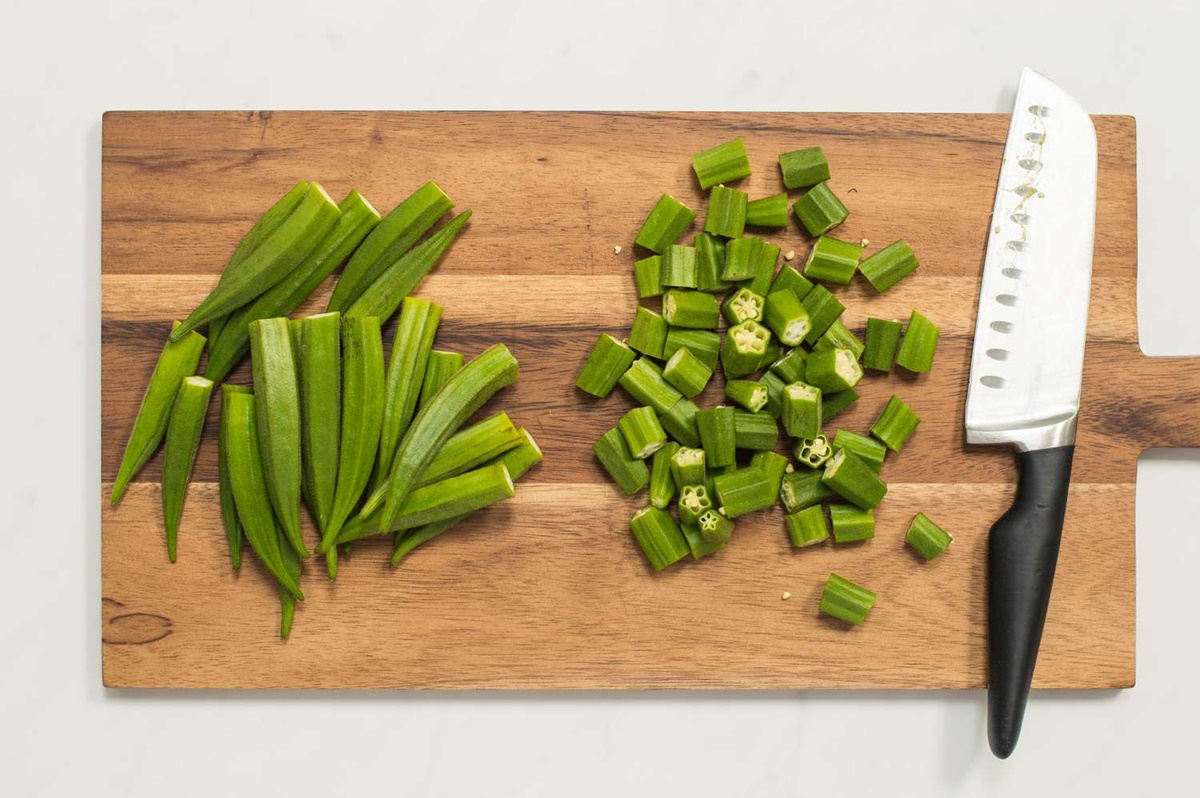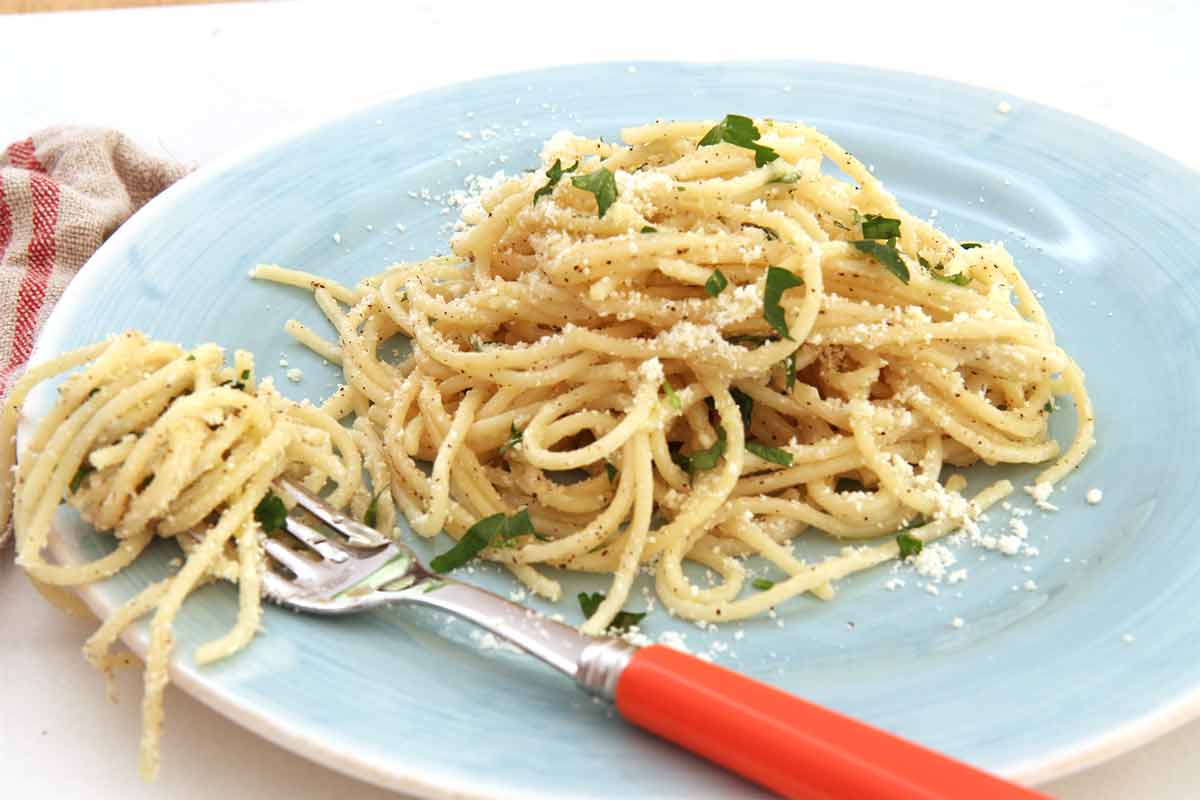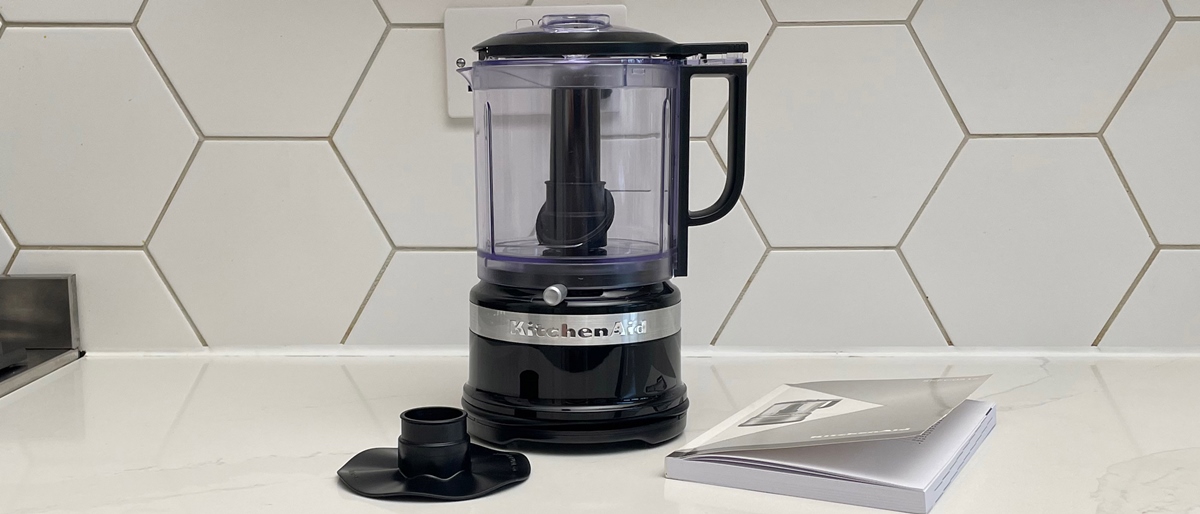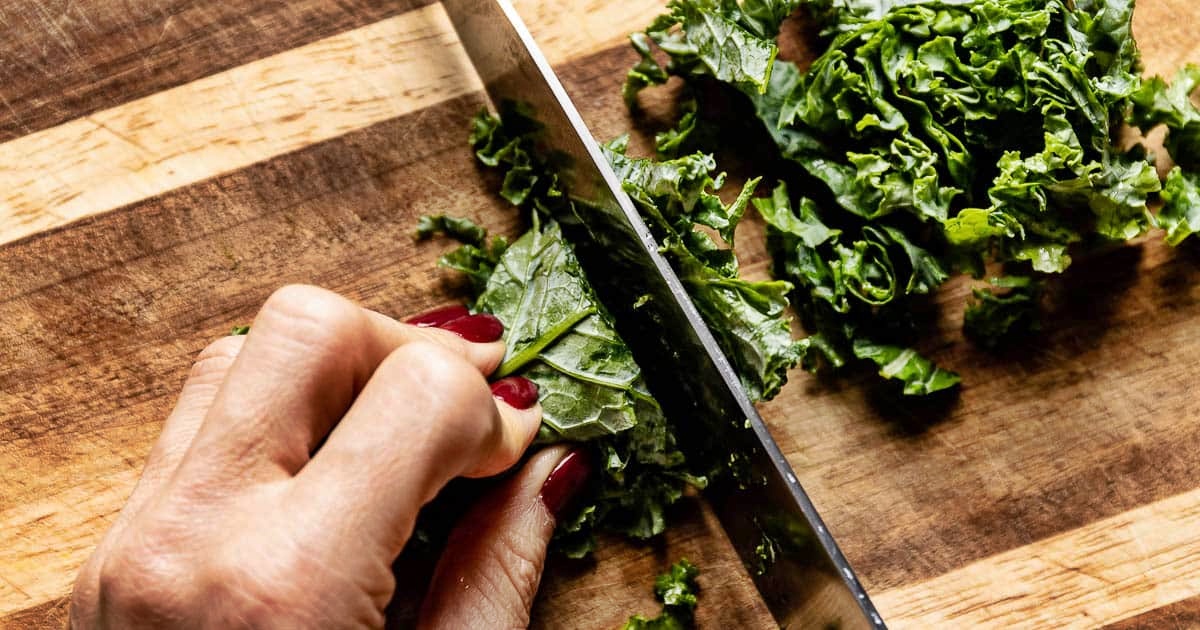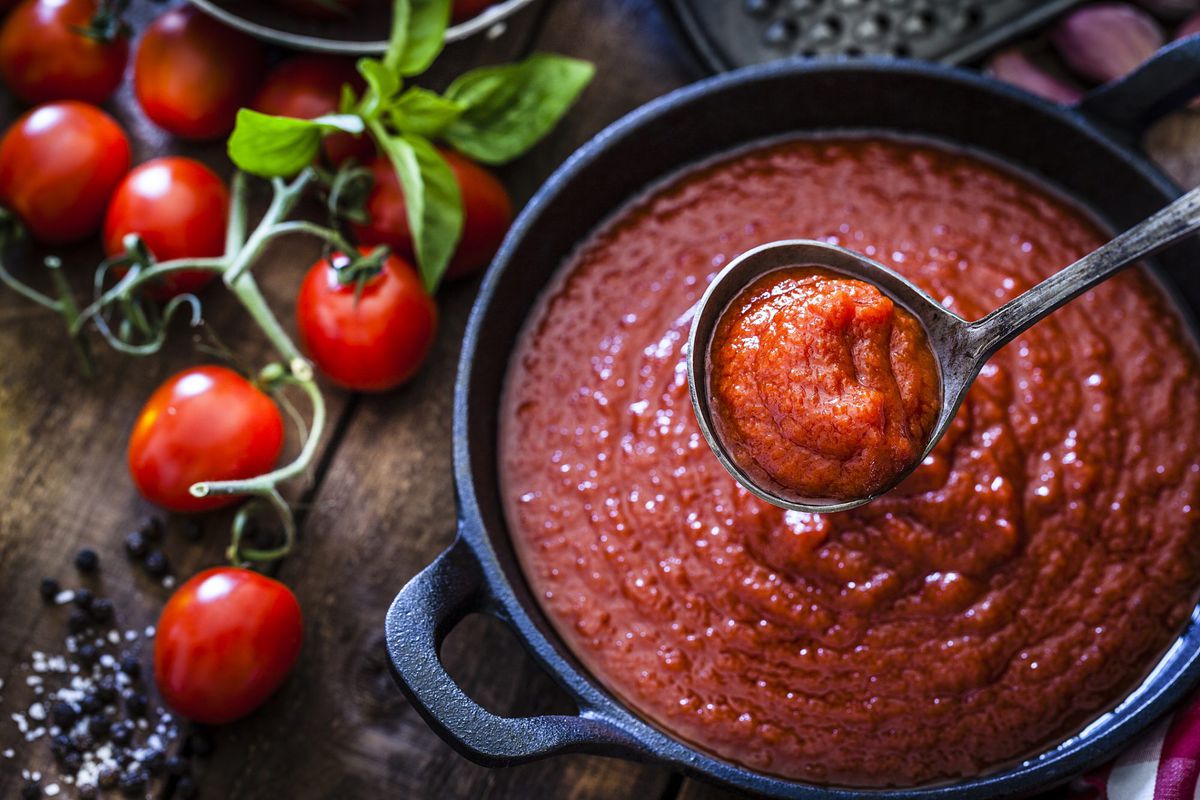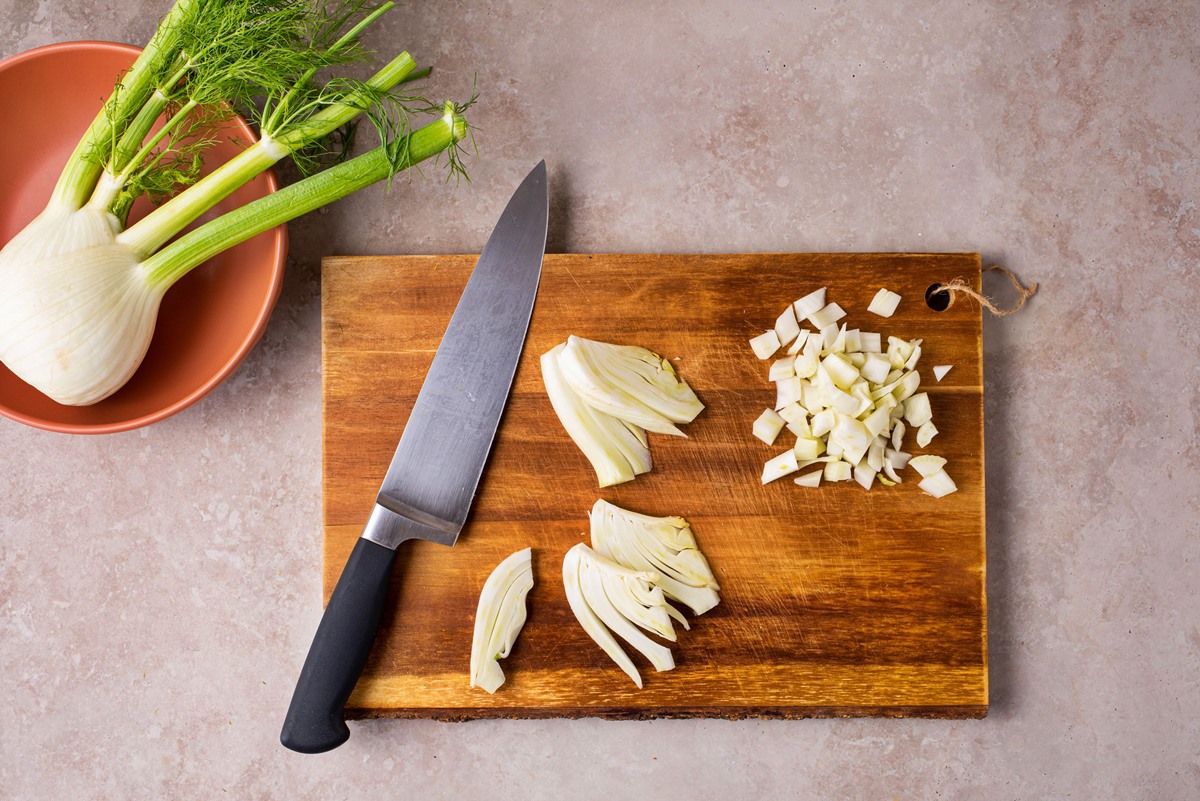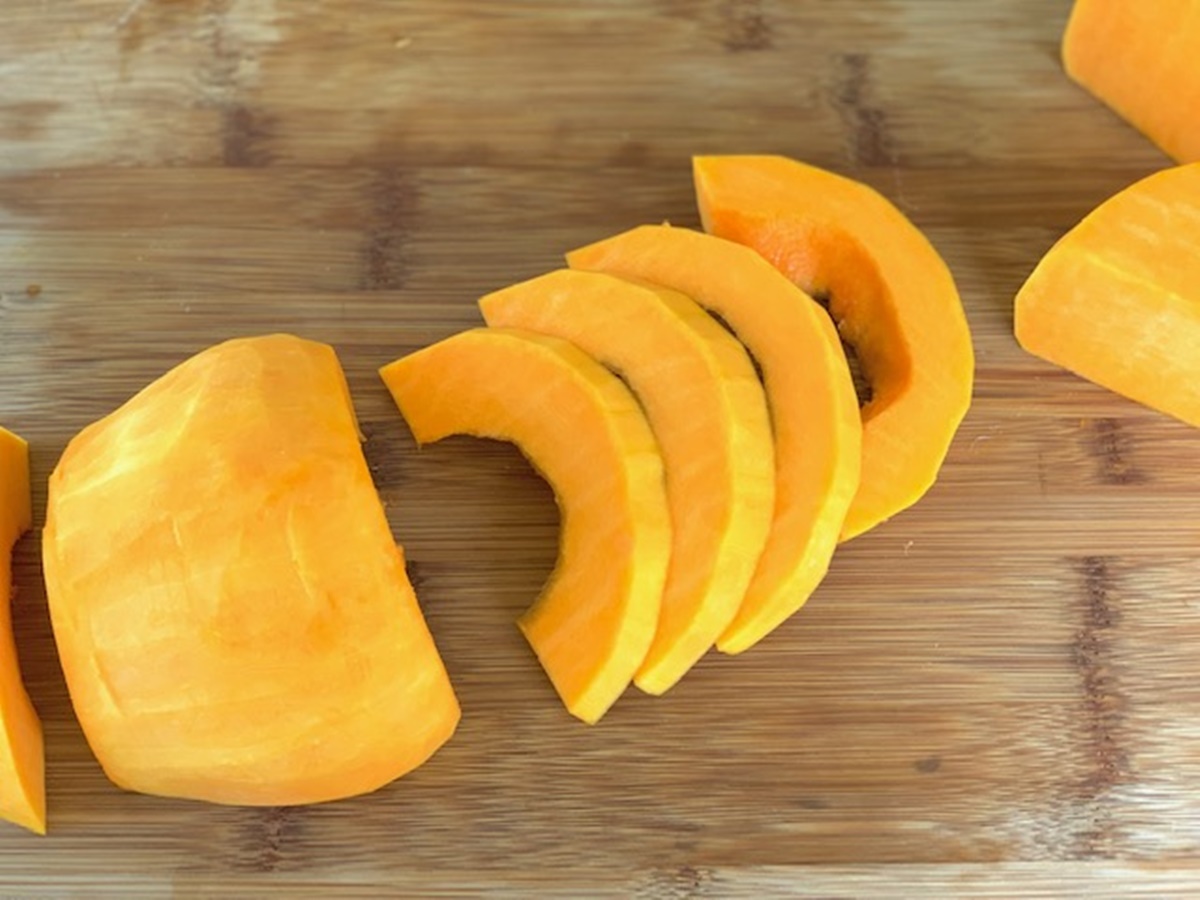How to Chop Up Chili Pepper to Make Hot Sauce
Are you ready to elevate your taste buds to new heights of fiery delight? Then it’s time to learn how to chop up chili peppers to make your very own hot sauce! Whether you crave a fiery kick or a mild heat, making hot sauce from scratch allows you to customize the flavor and intensity according to your preferences. So, grab your knives and let’s dive into the art of chopping chili peppers!
Before we begin, it’s important to note that chili peppers can pack quite a punch, both in terms of heat and agility. To protect yourself from the burning sensation, consider wearing gloves while handling the peppers. This will prevent any unwanted irritation on your skin or potentially in sensitive areas like your eyes or mouth (trust us, you don’t want that kind of surprise!).
Step 1: Choose the Right Chili Pepper
There are numerous types of chili peppers available, each with its own unique heat level and flavor profile. Popular choices for making hot sauce include habanero, jalapeño, serrano, or cayenne peppers. Consider the heat intensity and flavor you desire, and choose a chili pepper accordingly.
Step 2: Prep and Clean the Chili Peppers
Start by rinsing the chili peppers under cold running water to remove any dirt or impurities. Pat them dry with a paper towel, and then remove the stem by gently twisting it off. This will make the chopping process easier and more efficient.
Step 3: Cut the Chili Pepper
Now comes the exciting part – chopping the chili peppers! Here’s a simple method:
- Place the chili pepper on a cutting board.
- Using a sharp knife, make a lengthwise slit along the pepper, but avoid cutting it in half.
- Hold one end of the chili pepper and carefully cut crosswise to create small, uniform pieces.
- Repeat this process for the remaining chili peppers.
Remember, the size of the chili pepper pieces will affect the heat distribution in your hot sauce. Larger pieces will result in a milder sauce, while smaller pieces will make it spicier.
Step 4: Blend or Process the Chopped Peppers
Once you have chopped all the chili peppers, transfer them to a blender or food processor. If you prefer a chunkier hot sauce, pulse the peppers briefly until they reach your desired consistency. For a smoother hot sauce, blend the peppers for a longer time until they become a thick puree.
Step 5: Add Flavor Enhancements
While the chopped chili peppers alone are enough to create a delicious hot sauce, you can take it up a notch by adding some flavor enhancements. Consider including ingredients like garlic, onion, lime juice, vinegar, or even fruits like mango or pineapple. These additions will not only enhance the taste but also balance out the heat of the chili peppers.
Step 6: Store and Enjoy
Transfer your freshly made hot sauce into sterilized glass bottles or jars. Seal them tightly and store them in the refrigerator to maintain freshness. As time passes, the flavors will meld together, resulting in a more flavorful hot sauce. Your homemade masterpiece is now ready to be drizzled over your favorite dishes, giving them that extra kick of spice!
Now that you know the secrets of chopping chili peppers to make hot sauce, unleash your culinary skills and create your very own signature blend. Experiment with different chili pepper varieties and flavor combinations to find your perfect level of heat. So next time you’re craving some fiery excitement, reach for the chopping board and let the magic happen.
Was this page helpful?
Read Next: How To Chop Up Collard Greens
